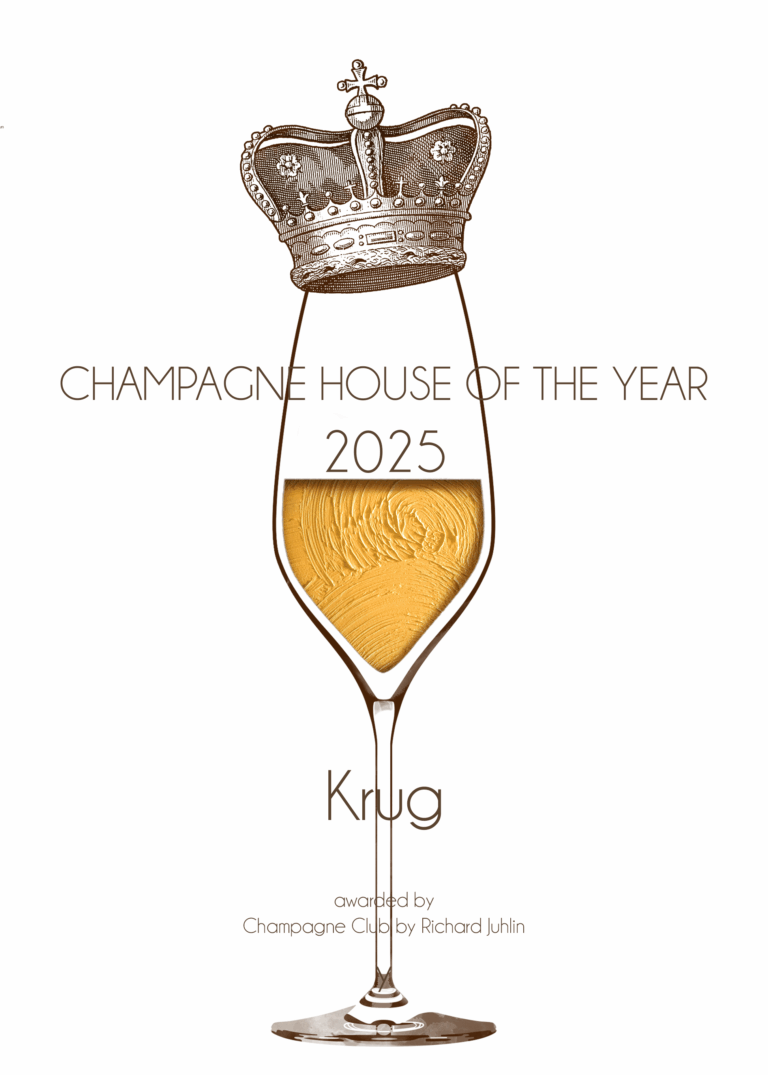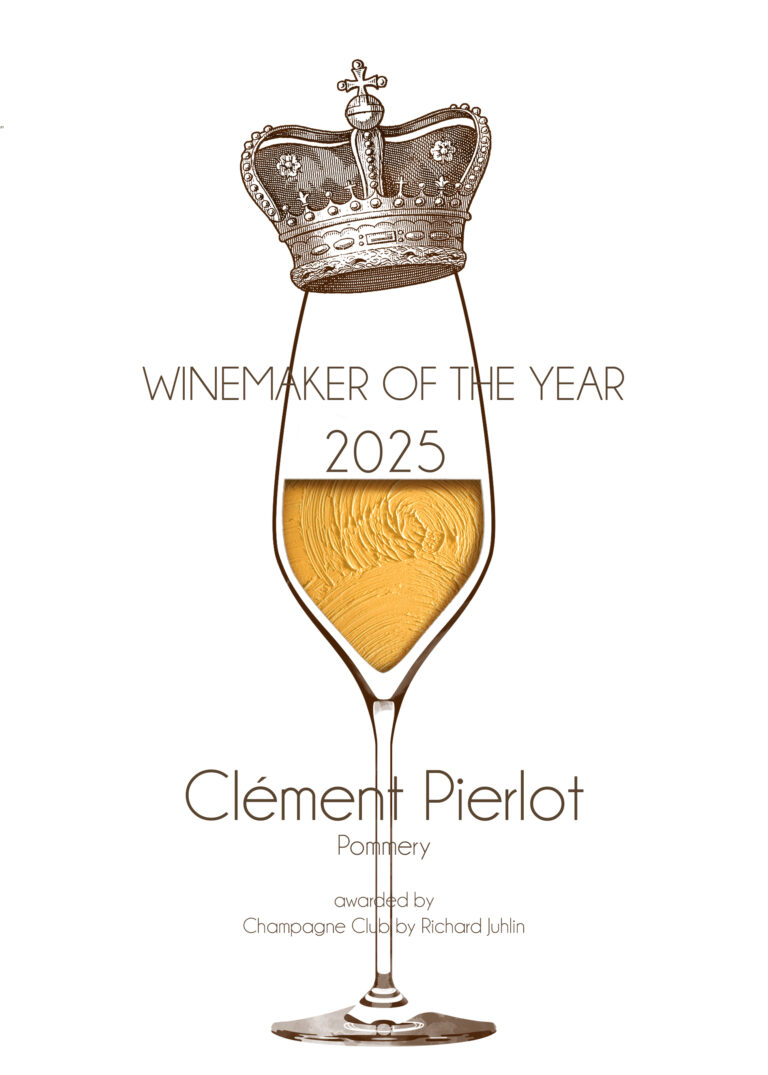Regardless of whether the champagne should be drunk during a wine tasting, at a delicious dinner, or on a rock by the sea, it is the attention to detail that can transform the experience from good to magical. Leave nothing to chance, put in a little extra effort when it comes to where you buy your bottle, how it is stored, which glasses you are using, and then, last but not least, whom you choose to share your experience with.
Estimated reading time: 18 minutes

OUR AMAZING SENCE OF SMELL
DESPITE THE FACT THAT OUR sense of smell is one of the most basic, it is our most mysterious and unexplored sense. Man has about a thousand different odor receptors controlled by the same number of genes. Given that a human being as a whole has approximately eighty thousand genes, the figure is high, which shows how important the sense of smell is.
The receptors are located in the roof of a small cavity above each nostril, in line with the eyes’ lower edge, and it forms the area called an olfactory epithelium. It is divided into four parts. Each receiver stays within its quarter, but in each one, the receptors are evenly and randomly spread. This is to protect us from losing the ability to sense smells if the epithelium is damaged by a severe cold.
The receptors are located on small tassels on the outer edge of a particular type of nerve cell. These neurons run from the olfactory epithelium and a few inches up to the olfactory bulb. There it is linked to other neurons, and through them continues the odor to the brain. The olfactory bulb is a “map” that looks exactly the same for all people. For each receiver, there are two specific points where the nerve fibers join. That the olfactory bulb is organized as a map where each type of receptor nerve has a predetermined position is important for our olfactory memory. Nerve cells are replaced every couple of months, but the map’s design is intact, which is why we can remember fragrances.
That we can distinguish thousands of fragrances depends partly on each smell molecule being received by several kinds of receptors. This makes it so that each fragrance has its unique combination of receivers. The larger the scent molecule, the more activated the receptors. This makes the fragrances with larger molecules easier to distinguish. This system works much like words in a language. There are a limited number of characters, but each letter can be used repeatedly, and by combining them in different ways, we can have an almost unlimited number of words.
The smell impulses then go to the smell center in the cerebral cortex, where our conscious impressions are processed. Meanwhile, impulses are sent into the deep-lying structures such asthe hypothalamus and amygdala, which have an impact on our emotions and innate behaviors. There are also airborne substances that we do not perceive but that influence our behavior and are recorded by the vomeronasal organ. These are called pheromones, and they have a great significance, for example, on how we choose our partners. The left cerebral hemisphere is more important for processing of fragrance information than the right one. Since the signals cross diagonally, the right nostril is more important than the left at a wine tasting!
Subscribe for 5.9€ a month for full access to the Tasting Library, exclusive articles, videos events and more





